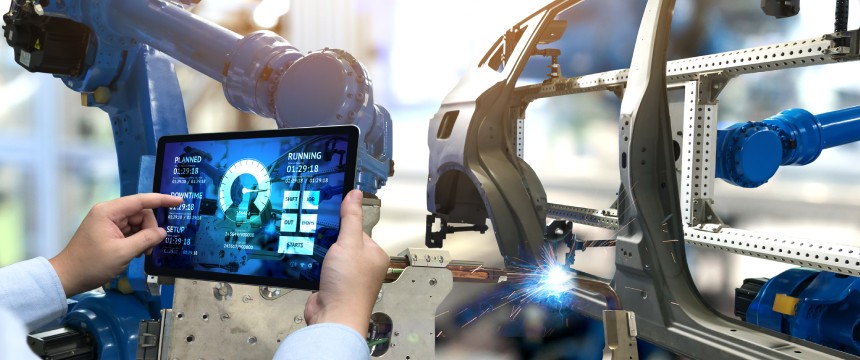Artificial Intelligence: Can it be an Inventor or an Author?

As the innovation paradigm in automotive industry shifted over time, artificial intelligence (“AI”) has deeply penetrated into operation of automotive industry. For example, integration of AI in automotive availed a broad range of consumer-friendly functions previously not navigated in automotive industry, such as autonomous driving, battery management, speech recognition. Some manufacturers seek to utilize robots that learn automotive manufacturing skills, such as design, part manufacturing, and assembly, to assist human workers. AI are also utilized in aftermarket services, such as maintenance of engine or battery performance. Unsurprisingly, automotive industry faces new intellectual property challenges including those traditionally faced by AI technology patents. What if an AI develops a method of navigation or designs a new automotive? Can such work be protected?
Both the United States Patent and Trademark Office and United States Copyright Office have consistently denied applications for intellectual property protection over AI-generated works because the AI-generated works lack “human” inventorship or authorship. However, we are seeing some recognitions of inventorship and authorship by AI in non-U.S. jurisdictions. On July 28, 2021, a patent purportedly invented by an AI (named “DABUS”) published in South Africa’s Patent Journal. Around the same time, the Federal Court of Australia ruled that AI-generated inventions qualify for patent protection. Similar recognitions are occurring in the copyright space. For example, Canadian Intellectual Property Office registered a copyright for a painting by AI titled Suryast in December 2021. A recent consultation of UK Intellectual Property Office concluded, maintaining UK copyright protection over AI generated works.
At the consultation of UK Intellectual Property Office, respondents who supported removal of protection argued for lack of “originality” and potential hindrance of innovation by human creators that may result from volume of the work generated by AI, the view of which aligns with the current U.S. copyright law and majority of other countries throughout the world. Some proposed middle-ground of crafting a new right to protect AI-generated work by offering a protection of significantly shorter duration. In majority’s view, the current UK copyright protection over AI generated works appears to pose no harm; despite the protection offered, only one court case involving computer (although not AI) generated work has arisen until now. Acknowledging the use of AI is still in early stages, the UK Intellectual Property Office said, “[W]e will keep the law under review and could amend, replace or remove protection in future if the evidence supports [the change].”
Indeed, the era of AI is yet to come, and we will see more changes in the law throughout the world as the era approaches. The direction to which these changes may occur remain in obscurity: the few currently offering protection may step back, more may join the group, or we may see a new system in compromise. Companies will need to keep an eye on these changes to adopt appropriate legal strategies and protection for their global portfolio of AI technology.